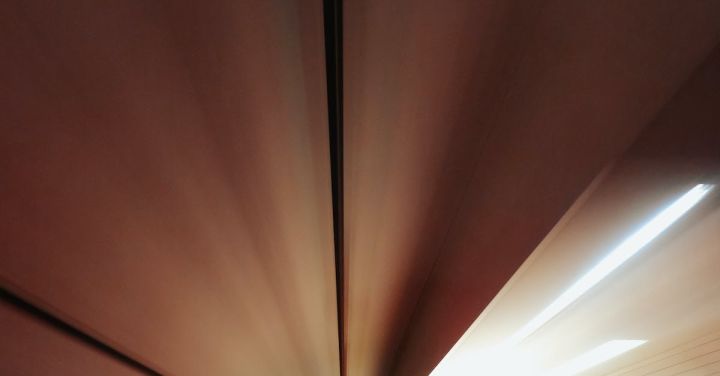Trains have been a source of fascination for artists throughout history. From the early days of steam engines to the modern high-speed trains of today, these powerful machines have captured the imagination of artists and viewers alike. The depiction of trains in visual art not only reflects the technological advancements of the time but also serves as a metaphor for progress, movement, and the human experience.
One of the most iconic depictions of trains in art can be found in the works of the Impressionists. Artists such as Claude Monet and Edgar Degas were captivated by the industrial revolution and its impact on society. Their paintings of trains, like Monet’s “The Gare Saint-Lazare” and Degas’ “At the Station of Saint-Lazare,” capture the bustling energy and sense of movement associated with train travel. These works, with their bold brushstrokes and vibrant color palettes, not only depict the trains themselves but also convey a sense of the modernity and dynamism of the era.
The fascination with trains continued into the 20th century, with artists like Edward Hopper using the subject to explore themes of isolation and alienation. In Hopper’s painting “The Nighthawks,” a lone figure sits at a counter in a diner, while a train passes by outside. The train, with its bright lights and sense of motion, serves as a stark contrast to the stillness and solitude of the diner. This juxtaposition highlights the loneliness and disconnect that can be felt in modern society, where the fast pace of progress can leave individuals feeling left behind.
The depiction of trains in art is not limited to realistic or representational works. Artists like Salvador Dali and René Magritte have used trains as symbols in their surrealist paintings. In Dali’s “The Persistence of Memory,” a train can be seen in the background, seemingly defying the laws of physics as it travels through a barren landscape. This surreal image suggests a dreamlike state of consciousness, where logic and reality are suspended. Magritte’s “The False Mirror,” on the other hand, shows a train rushing out of a giant eye, creating a sense of unease and mystery. These works challenge our perception of reality and invite us to question the nature of existence.
In contemporary art, the depiction of trains continues to evolve and adapt to the changing times. Artists like Andy Warhol and Keith Haring have incorporated train imagery into their pop art and street art, respectively. Warhol’s silkscreen prints of trains, such as “Train Wreck” and “Trains,” celebrate the visual appeal and cultural significance of these machines. Haring, known for his bold, graffiti-inspired style, often included trains in his murals and paintings, using them as symbols of movement and urban life.
The depiction of trains in visual art reflects our ongoing fascination with these powerful machines and their symbolic significance. Whether representing progress, isolation, or the surreal, trains capture our imagination and invite us to explore the complexities of the human experience. From the Impressionists to the surrealists to contemporary artists, trains have remained a timeless subject, offering a lens through which to examine our ever-changing world.
